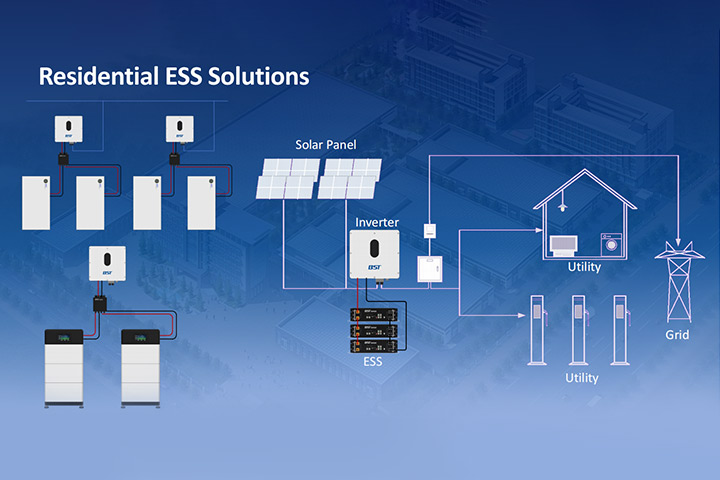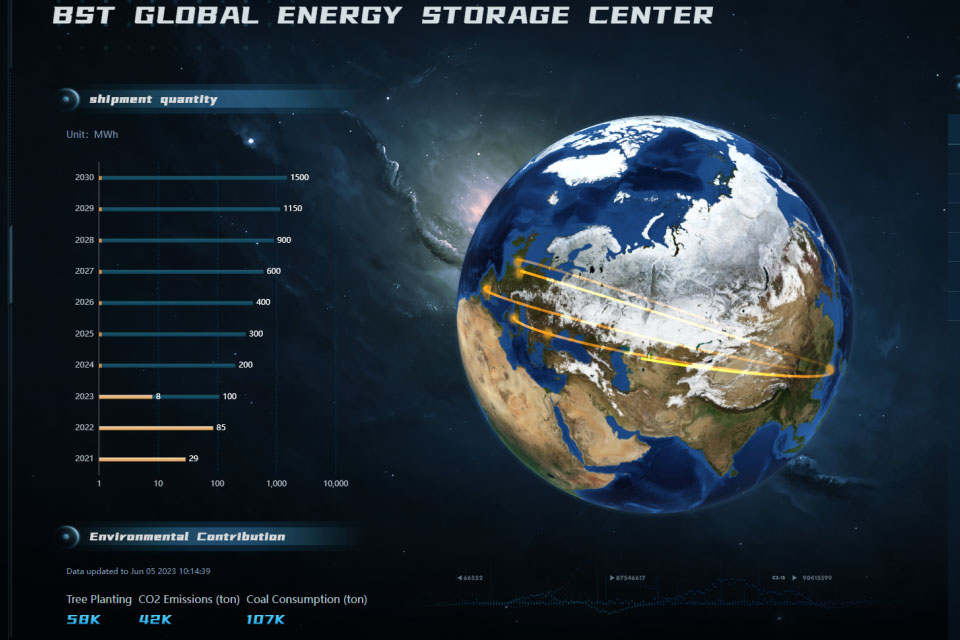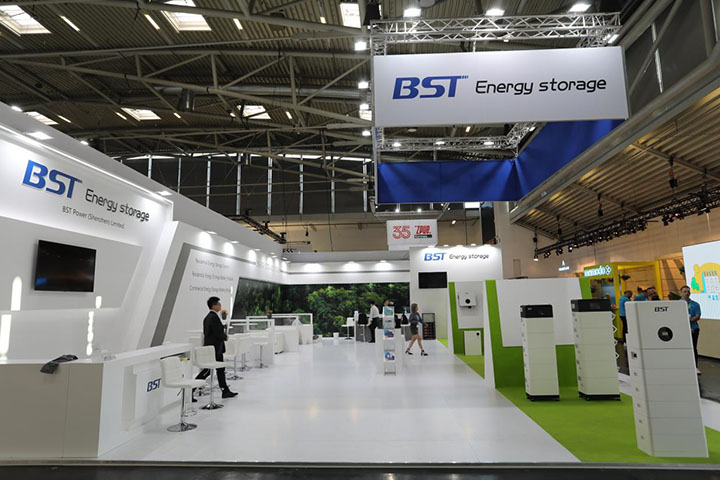In recent years, electricity prices in Europe and the United States have surged dramatically, placing a heavy financial burden on households. This sharp increase in electricity costs has fueled a rising demand for home energy storage batteries, which provide a solution to reduce electricity expenses and enhance energy independence. As electricity rates continue to climb, consumers turn to battery storage systems to optimize energy use, avoid high electricity costs, and maintain backup power during outages.

This article will analyze the current electricity pricing trends in Europe and the U.S., explore the reasons behind soaring energy costs, examine why the home energy storage battery market is booming, compare household grid electricity with energy storage battery systems, and provide an outlook on the future of the energy storage market.
1. Electricity Price Trends and Reasons for the Surge in Europe and the U.S.

1.1 Current Electricity Prices in Europe and the U.S.
Electricity prices in both Europe and the United States have risen significantly in recent years, with some regions experiencing unprecedented price spikes. For example:
- Europe: Countries such as Germany, the United Kingdom, and France have seen electricity prices surge, with household electricity costs exceeding €0.50 per kWh in some regions, far above the historical average.
- United States: While electricity price increases in the U.S. have been relatively moderate, states like California and Texas have experienced noticeable spikes. The national average residential electricity rate reached $0.16–$0.25 per kWh in 2023, with some areas exceeding $0.30 per kWh.
These escalating costs have led consumers to seek alternative energy solutions, accelerating the adoption of home energy storage systems.
1.2 Key Reasons Behind Rising Electricity Prices
Several factors contribute to the dramatic increase in electricity prices in both regions:
(1) Energy Crisis and Supply Shortages
Europe faced a severe energy crisis in 2022, with reduced natural gas supplies leading to skyrocketing electricity prices. Many European power grids rely heavily on natural gas-fired power plants, so when gas prices soared, electricity costs followed suit. While the U.S. has a more stable domestic energy supply, fluctuations in oil and natural gas prices still impact electricity rates.
(2) Rising Share of Renewable Energy and Grid Balancing Costs
Both Europe and the U.S. are shifting toward renewable energy sources such as wind and solar power. However, these sources are intermittent, meaning that electricity generation fluctuates depending on weather conditions. To stabilize the grid, additional investments in energy storage, backup power, and grid management are required—costs that are ultimately passed on to consumers.
(3) Inflation and Government Policies
High inflation rates have driven up production, transportation, and maintenance costs for electricity providers. Additionally, government policies such as carbon taxes and renewable energy incentives have contributed to increased electricity prices. Europe, in particular, has introduced environmental regulations that raise costs for traditional power generation methods.
(4) Aging Power Grid and Infrastructure Investment
In many parts of Europe and the U.S., electrical grids are aging and require significant upgrades. The costs associated with modernizing infrastructure, expanding grid capacity, and integrating new energy sources are being transferred to consumers through higher electricity rates.
2. Why Is the Home Energy Storage Market Booming?
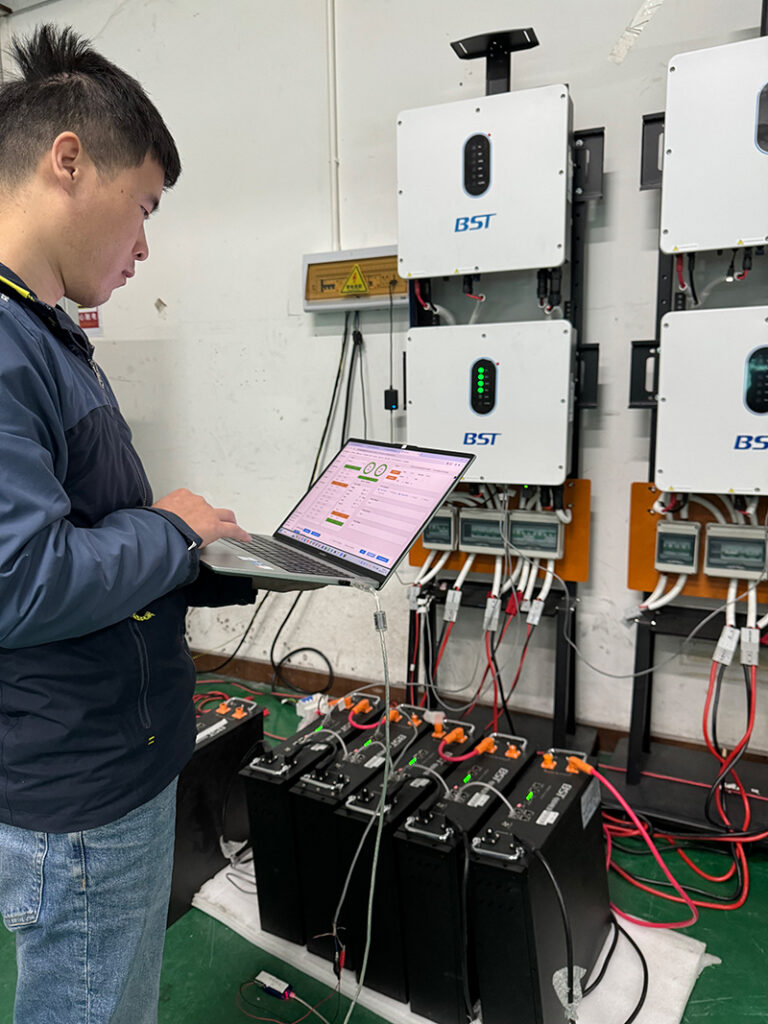
As electricity prices soar, households are looking for cost-effective solutions to manage their energy consumption. Home energy storage systems have emerged as a highly attractive option, offering numerous benefits such as cost savings, energy independence, and increased power reliability.
2.1 High Electricity Prices Drive Demand for Home Energy Storage
By using a home battery storage system, households can store electricity when rates are low (such as during off-peak hours) and use stored power when rates are high. This time-shifting strategy helps reduce overall electricity costs, making energy storage systems a smart investment for homeowners.
2.2 The Rise of the Solar + Storage Model
A growing number of households are installing solar panels, and the combination of solar power with battery storage is gaining popularity. Unlike homes that only have solar panels, homes with integrated solar and storage systems can:
- Maximize Self-Consumption: Store excess solar energy for use at night or during cloudy days.
- Reduce Grid Dependence: Rely less on the public grid, mitigating the impact of rising electricity prices.
- Increase Energy Resilience: Maintain power supply even during grid failures.
2.3 Power Outages and Energy Security Concerns
Frequent power outages due to extreme weather and grid failures are driving demand for home energy storage:
- California (U.S.): Record-breaking heatwaves and wildfires have caused rolling blackouts and grid instability.
- Texas (U.S.): In 2021, a winter storm led to widespread power failures, leaving millions without electricity.
- Europe: Energy shortages and high winter electricity demand have increased concerns over grid reliability.
Home battery storage systems act as a reliable backup power source, ensuring uninterrupted electricity supply even during outages.
2.4 Falling Costs of Energy Storage Batteries
The high cost of battery storage was once a major barrier to adoption, but prices have been declining steadily.
- Battery Costs Have Dropped:
- In 2010, lithium battery costs were around $1,000 per kWh.
- By 2023, the cost had dropped to approximately $150–$200 per kWh.
- Increased Market Competition: More manufacturers entering the market have driven prices lower.
- Technology Advancements: New battery chemistries and improved manufacturing processes are reducing costs and increasing battery lifespan.
3. Comparing Household Grid Electricity vs. Home Energy Storage
| Feature | Traditional Grid Electricity | Home Energy Storage System |
|---|---|---|
| Cost Stability | Subject to market fluctuations and rising prices | Provides stable and predictable energy costs |
| Supply Reliability | Dependent on grid stability; vulnerable to outages | Offers backup power during blackouts |
| Economic Efficiency | Long-term costs continue to rise | High initial investment, but long-term savings |
| Environmental Impact | May rely on fossil fuels | Can be paired with solar for clean energy |
4. Future Outlook for the Home Energy Storage Market
4.1 Continued Market Growth
Industry forecasts indicate that the global home energy storage market will experience sustained growth over the next 5–10 years, with particularly strong demand in Europe and the U.S. Factors driving this expansion include:
- Rising electricity prices and demand for cost savings.
- Increased adoption of solar energy and home battery systems.
- Government incentives and subsidies for home energy storage.
4.2 Innovations in Battery Technology
Future advancements in energy storage technology will further accelerate market growth:
- Solid-State Batteries: Safer and higher energy density than traditional lithium-ion batteries.
- Sodium-Ion Batteries: Lower-cost alternative to lithium-ion batteries.
- AI-Powered Energy Management: Smart software will optimize battery usage for greater efficiency.
4.3 Policy and Regulatory Support
Governments worldwide are implementing policies to encourage residential energy storage adoption:
- Germany: Offers incentives for homeowners to install battery storage.
- California (U.S.): Provides financial subsidies for home energy storage.
- European Union: Expanding renewable energy mandates to include battery storage integration.
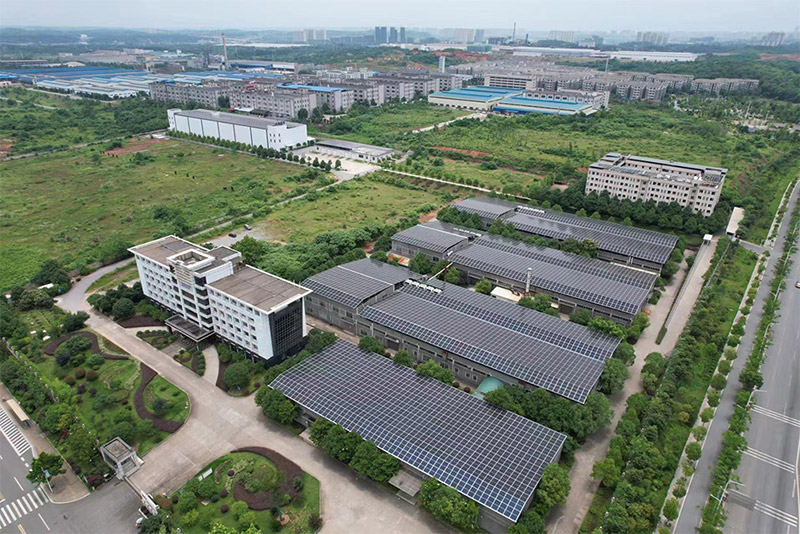
4.4 Conclusion
With high electricity prices, home energy storage batteries are becoming an essential part of the modern household energy system. The combination of solar power and battery storage is poised to revolutionize home energy management, providing homeowners with long-term cost savings, greater energy independence, and improved resilience against power disruptions. As technology advances and costs continue to decline, the adoption of home energy storage systems will only accelerate, shaping the future of residential energy consumption.

